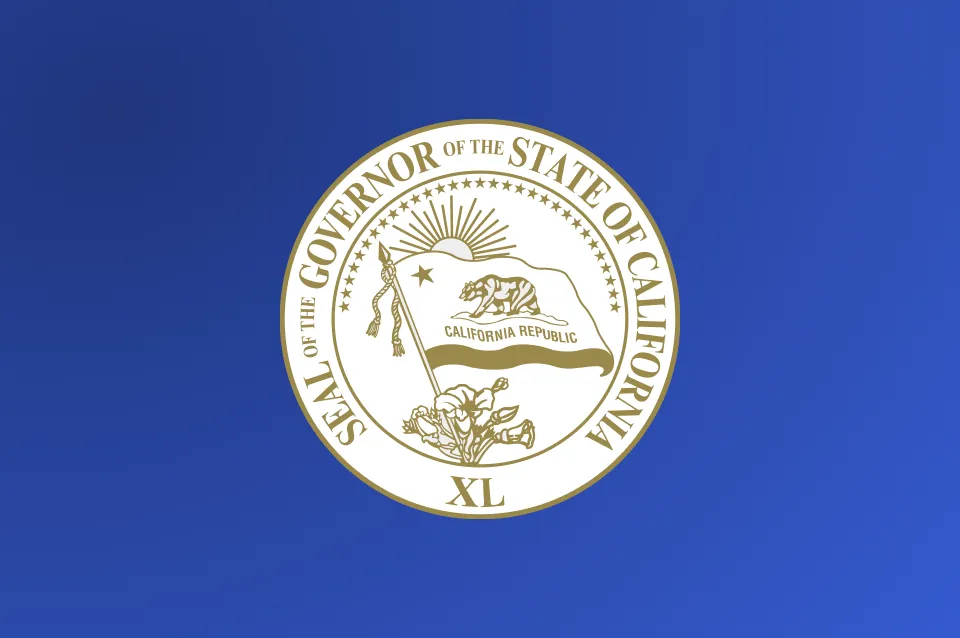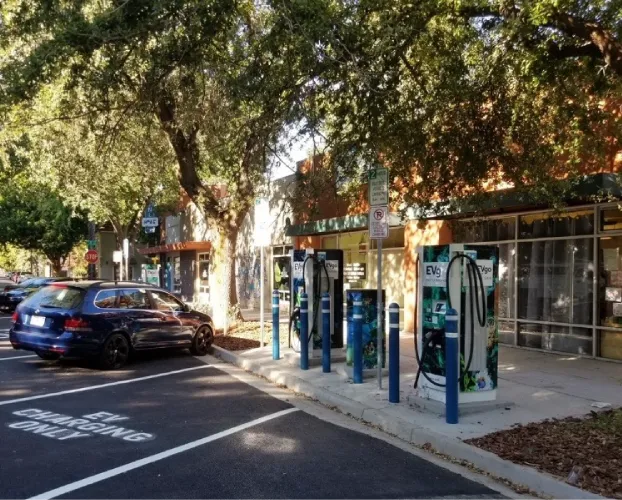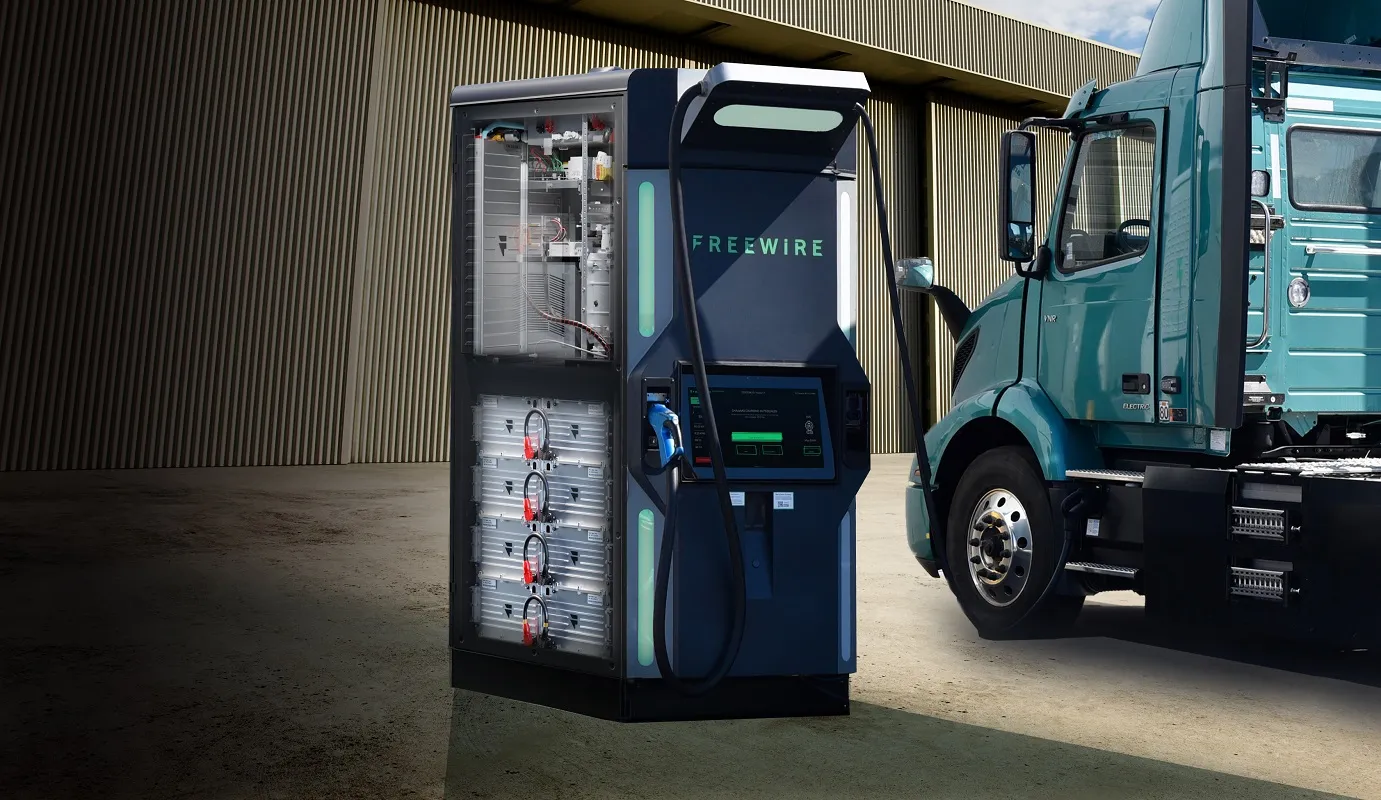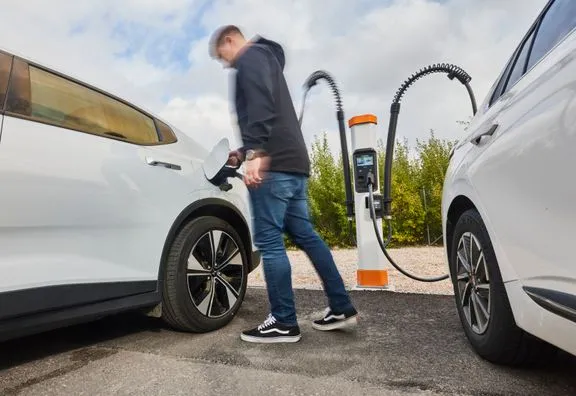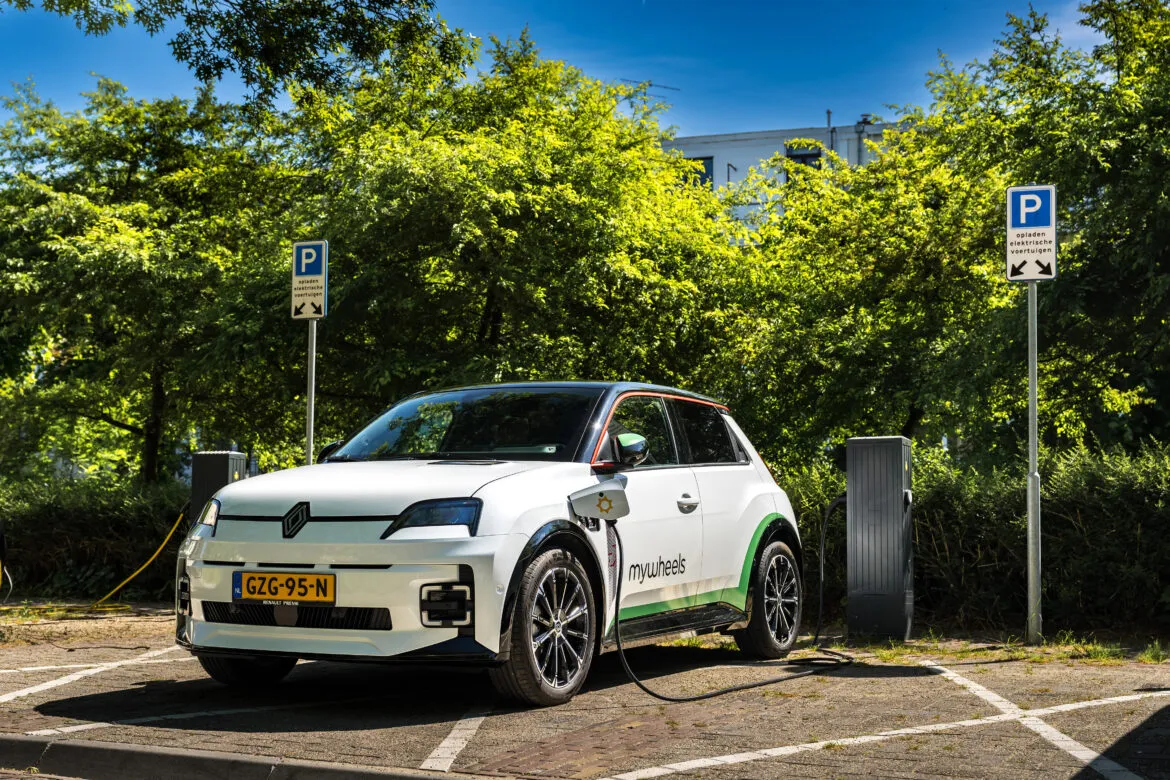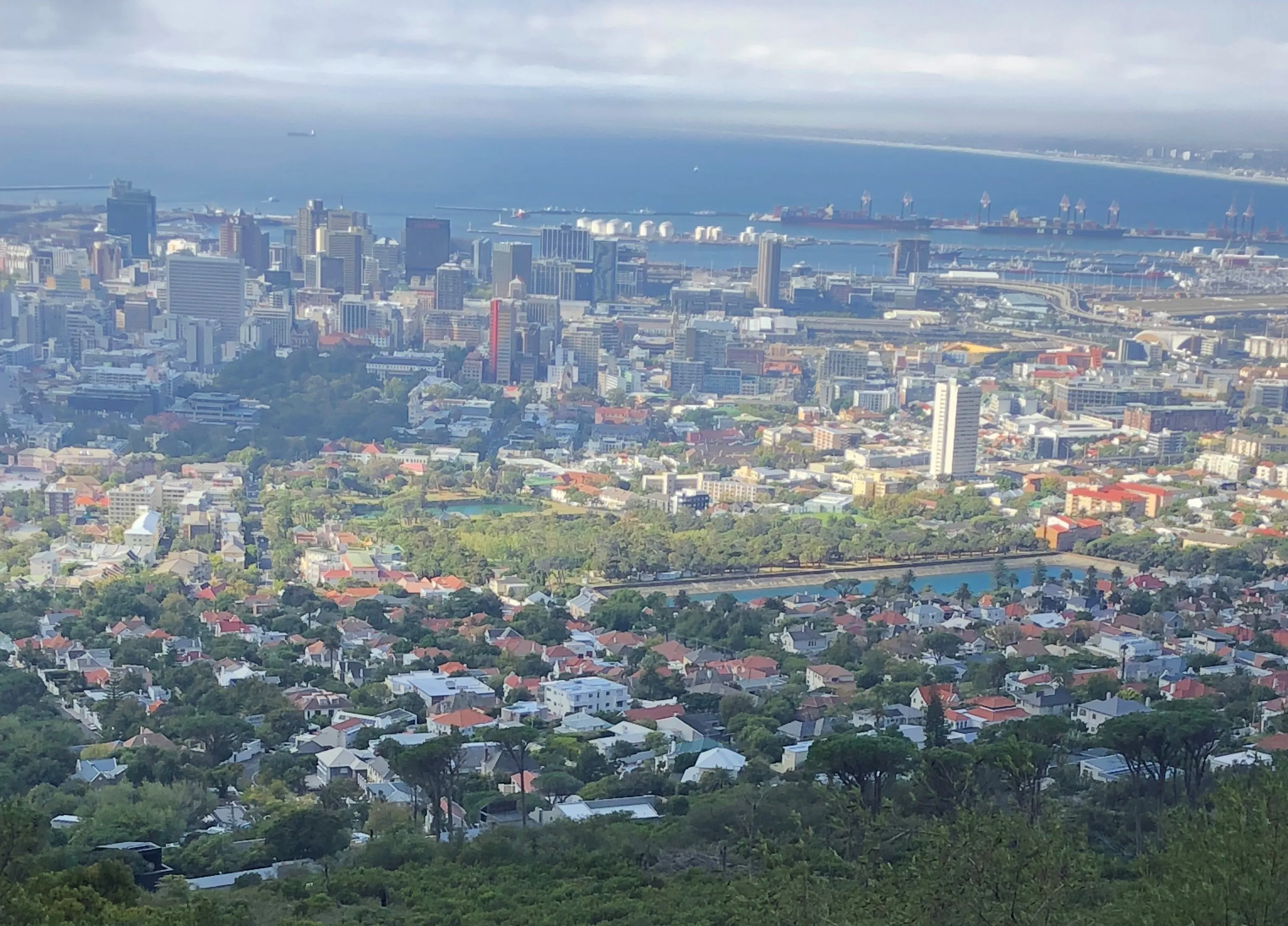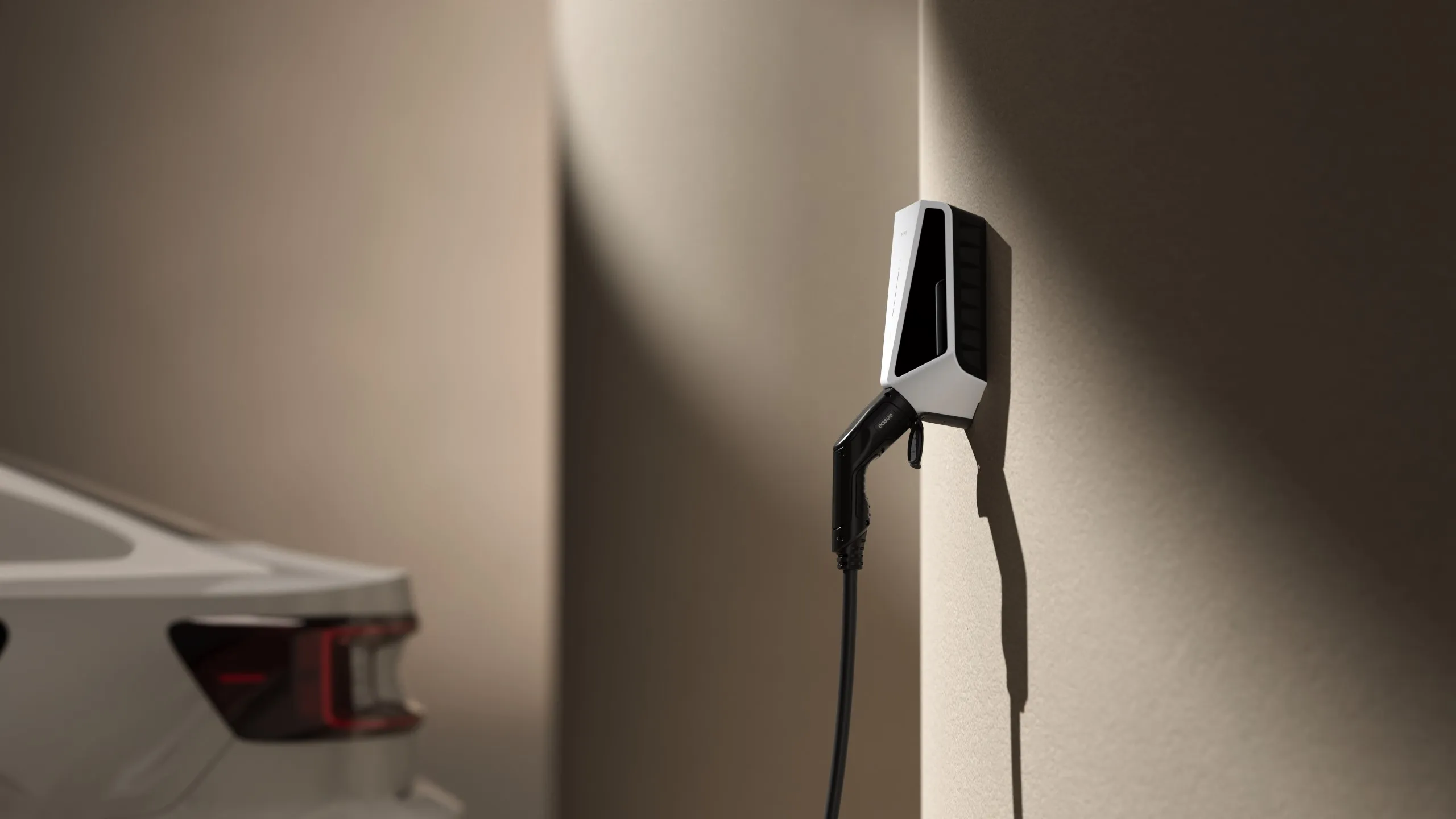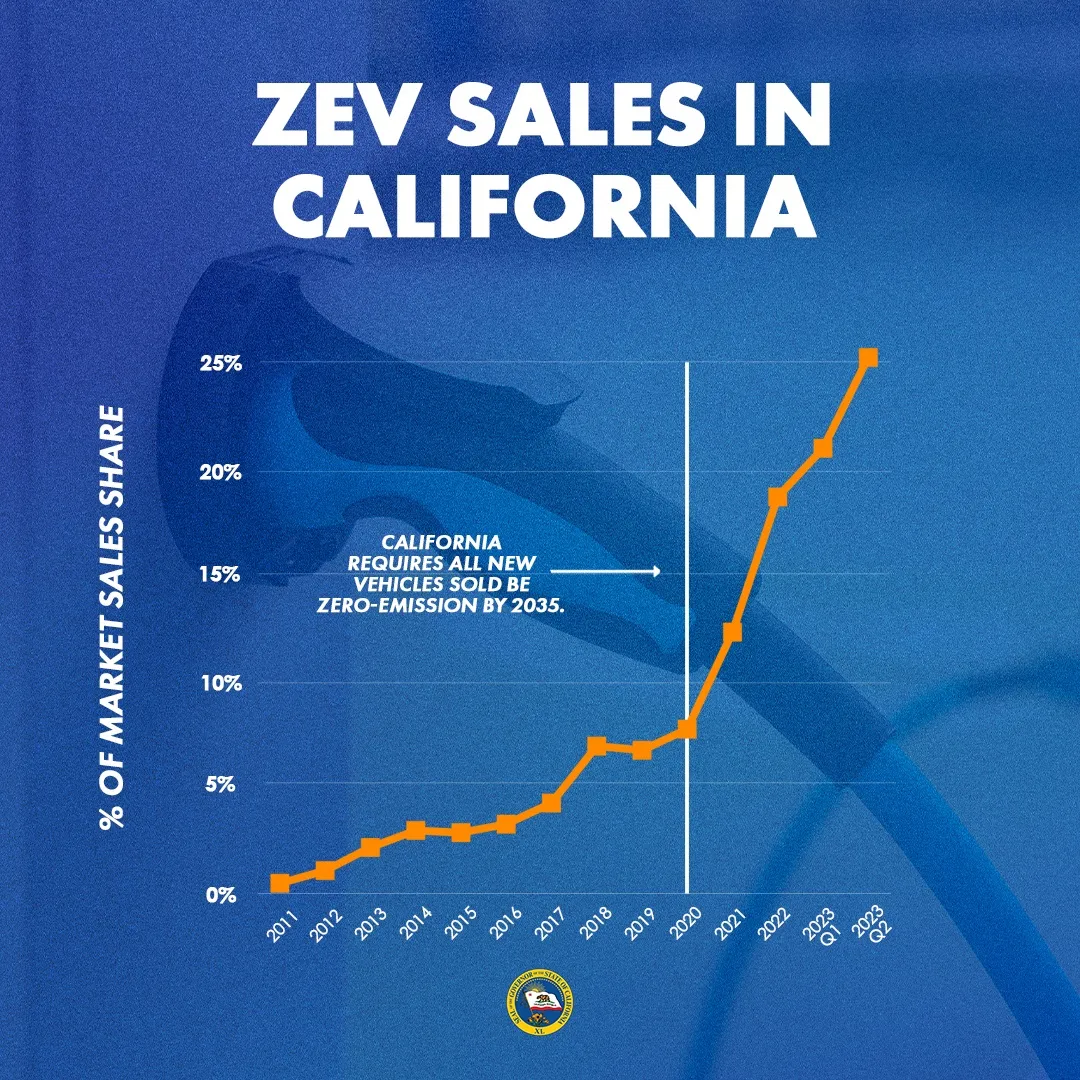
The governor of California says the state has achieved its goal to install 10,000 fast chargers for electric vehicles more than a year ahead of schedule.
The announcement from governor Gavin Newsom came shortly after the state announced new efforts to quickly deploy EV chargers in communities most harmed by pollution and the Legislature approving nearly US$2bn for EV charging infrastructure.
In 2018, then-Governor Jerry Brown established the fast charger goal as part of an executive order on zero-emission vehicles (ZEV). Since that time, the number of fast chargers installed nearly quadrupled from 2,657 to more than 10,000 today – for a total of more than 93,000 public and private shared chargers in California.
The 93,000 figure is still considerably less than half-way towards the state's target of 250,000 total EV chargers by 2025.
It is estimated by the California Energy Commission that the state is still well short of the 1.01 million public and shared private chargers that will be needed to support a projected 7.1 million passenger plug-in EVs in California by 2030. The state has a huge number of EVs, and Newsom says that if California were a country, it would rank 4th in EV sales behind China, the US and Germany.
Newsom commented on the deployment of the 10,000 fast chargers: “The milestone comes as one in every four new cars sold last quarter in California was zero-emission. Earlier this year, the stat surpassed its goal of selling 1.5 million ZEVs – also ahead of schedule."
He added: "We’re deploying EV chargers to communities most hurt by pollution and fast chargers along some of our most traveled highways. This is the future of transportation – and it’s happening right now all across California.”
Fast chargers can recharge an all-battery electric vehicle to 80% capacity in about 30 minutes, depending on the size of the vehicle battery and the power level of the charger. The network allows EV drivers to travel across the state with public fast chargers conveniently located along interstates and highways.
Additionally, on September 12 the state legislature passed a bill that would continue funding for another decade for three of the state’s leading clean vehicle and infrastructure programs that date back to 2007. The bill – now awaiting the Governor’s signature – would provide close to US$2bn for all ZEV and supporting infrastructure through 2035. The infrastructure funded through these efforts will help ensure convenient charging and refueling across the state.
To accelerate the transition and help reach the goal to install 250,000 chargers, the state is investing over US$10bn for zero-emission cars, trucks, buses and infrastructure through the US$52-plus billion California Climate Commitment.
Newsom said that California is already home to 56 ZEV and ZEV-related manufacturers and leads the nation in ZEV manufacturing jobs. Earlier this year, the California Energy Commission awarded nearly US$200m to support in-state manufacturing of ZEVs, ZEV components and batteries, and ZEV charging or refueling equipment. Additional funding will be available early next year.
Since the Governor’s executive order in 2020 calling for a rule to require all new car sales to be zero-emission by 2035, ZEV sales have risen dramatically.
25.4% of all new cars sold in California last quarter were ZEVs, according to the California Energy Commission (CEC). There were 125,939 ZEV sales in Q2 2023, and a total of 1,623,211 total ZEV sales to date.
Thirty-four per cent of new ZEVs sold in the US are sold in California, according to the Veloz EV Market Report.
More chargers and infrastructure needed
The California Energy Commission estimates that a total of 1.01 million public and shared private chargers will be needed to support a projected 7.1 million passenger plug-in EVs in California by 2030. The commission adds that 2.11 million public and shared private chargers are needed to support 15.2 million passenger plug-in electric vehicles in 2035. An additional 114,500 chargers are needed to support the 157,000 medium- and heavy-duty vehicles anticipated for 2030.
The commission adds: "This expansion of charging will require widespread investment in the grid and effective management of California’s electrical grid to reduce potential impacts. Improving charger and vehicle technology along with grid upgrades will make it possible to accommodate charging in ways that will minimize the grid impact.
"Installing these chargers will require investments in labor and workforce training and development, as up to 71,500 job-years will be needed for charger installation by 2035. The transition to ZEVs and supporting infrastructure will support jobs of the future."

